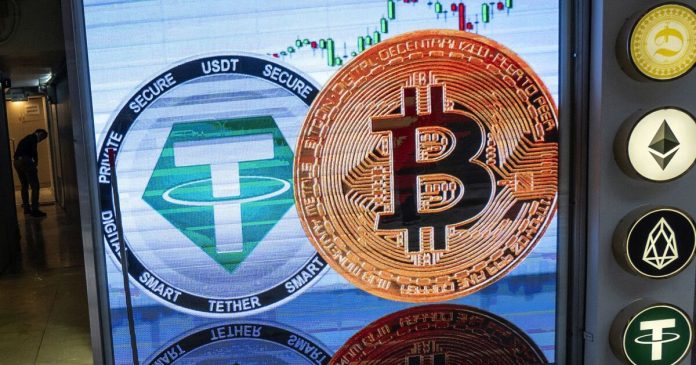A large majority of unregulated crypto transactions are fakes, creating the false impression of higher trading volumes.
The latest research was conducted by the National Bureau Of Economic Research and it is estimated that 77% of these trades are actually wash trades. In other words, investors are selling and buying the same assets simultaneously to generate artificial market activity, which can skew prices, volume, volatility and reduce investor participation in financial markets. Depending on the exchange, this can reach as high as 80%.
To investigate further, the researchers examined cryptocurrency transaction data across 29 major exchanges using a proprietary database. The data was provided by TokenInsight, a firm which specializes in consulting, rating, and research reports for cryptocurrency-related businesses.
The final sample size was 448,475,535 transactions, comprising of Bitcoin (BTC), Ether (ETH), Ripple (XRP) and Litecoin (LTC). These four digital assets account for more than 60% of the cryptocurrency volume, and are available on almost all exchanges.
The researchers then studied the distribution of first significant digits for transactions on each exchange based on Benford’s law. Additionally, they examined the traditional behavioral regularity in commerce by grouping round-number transaction sizes with decision-making benchmarks. They also checked for fat tails that were characterized as power law in traditional financial markets or other economic settings.
“These estimates translate to laundering operations of more than $4.5 trillion in spot markets and more than $1.5 trillion in derivatives markets in the first quarter of 2020 alone,” the report stated.
This gives the impression that these exchanges are much more active than they actually are. For example, the average volume for one of the unregulated trades was $50.944 billion while the volume for the sample exchange was $15.212 million. Although unregulated exchanges tend to have higher trading volumes than regulated ones, the researchers noted that there is still considerable variance. This implies that an unregulated exchange with volume in the tens or millions of dollars may be comparable to a large number of similar exchanges processing tens to billions.
The report noted that unregulated exchanges with higher volumes often increase the chance of people picking an exchange based on web rankings.
“We found regulated exchanges… they lag behind many unregulated Tier 1 exchanges in their ranking based on web traffic… Although trading volume rankings cannot fully represent the quality and liquidity of exchanges, the “Most rating agencies use them. Therefore, cryptocurrency investors are likely to choose an exchange based on these ranges based on trading volume,” the document said.
However, not all crypto exchanges were found to have such rampant wash trading. The study revealed that it was nearly absent from regulated exchanges (as expected, since the practice has been illegal since 1936). Furthermore, in the world of unregulated exchanges, the longer the entity has been around and the larger its user base, the fewer money laundering operations that occur; conversely, the less established the exchange, the more likely it is that wash trading will occur, and the paper says there are powerful commercial incentives to allow it.
“One might anticipate that unregulated exchanges, especially those that launch later, are motivated to engage in laundering to achieve higher rankings and acquire more customers,” the report concluded.

